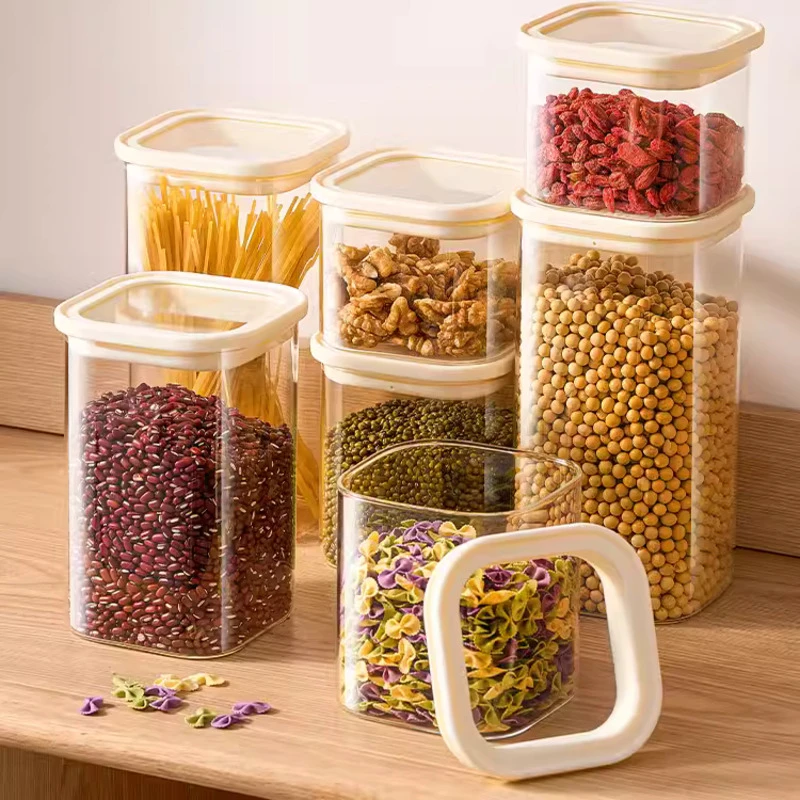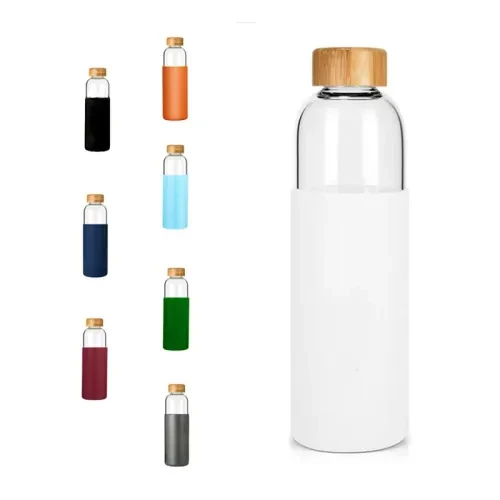One of the major advantages of glass food storage containers is their safety for food preservation. Unlike plastic, glass does not leach harmful chemicals into food, especially when exposed to heat. This is particularly important when reheating leftovers in the microwave or oven. Many plastics contain substances like bisphenol A (BPA) and phthalates, which have been linked to various health concerns, including hormonal disruptions and increased risk of some cancers. Glass is non-toxic, BPA-free, and does not harbor bacteria, making it a safer choice for storing food.
 Home
Home













